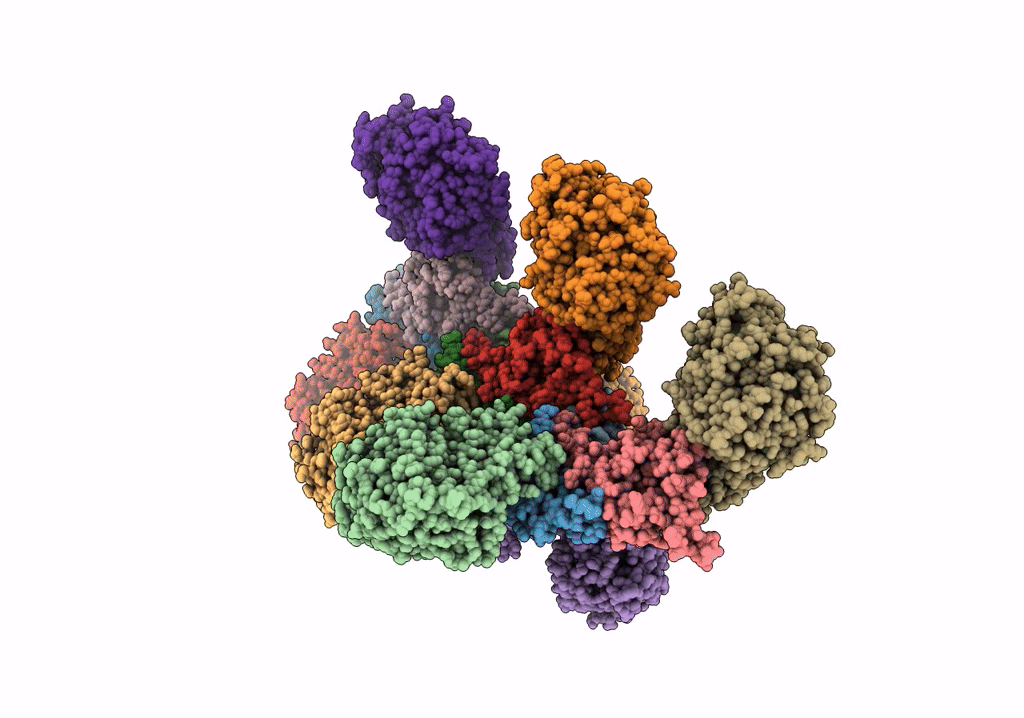
Deposition Date
2022-01-19
Release Date
2022-07-06
Last Version Date
2025-12-17
Entry Detail
PDB ID:
7QV7
Keywords:
Title:
Cryo-EM structure of Hydrogen-dependent CO2 reductase.
Biological Source:
Source Organism:
Thermoanaerobacter kivui (Taxon ID: 2325)
Method Details:
Experimental Method:
Resolution:
3.40 Å
Aggregation State:
PARTICLE
Reconstruction Method:
SINGLE PARTICLE


